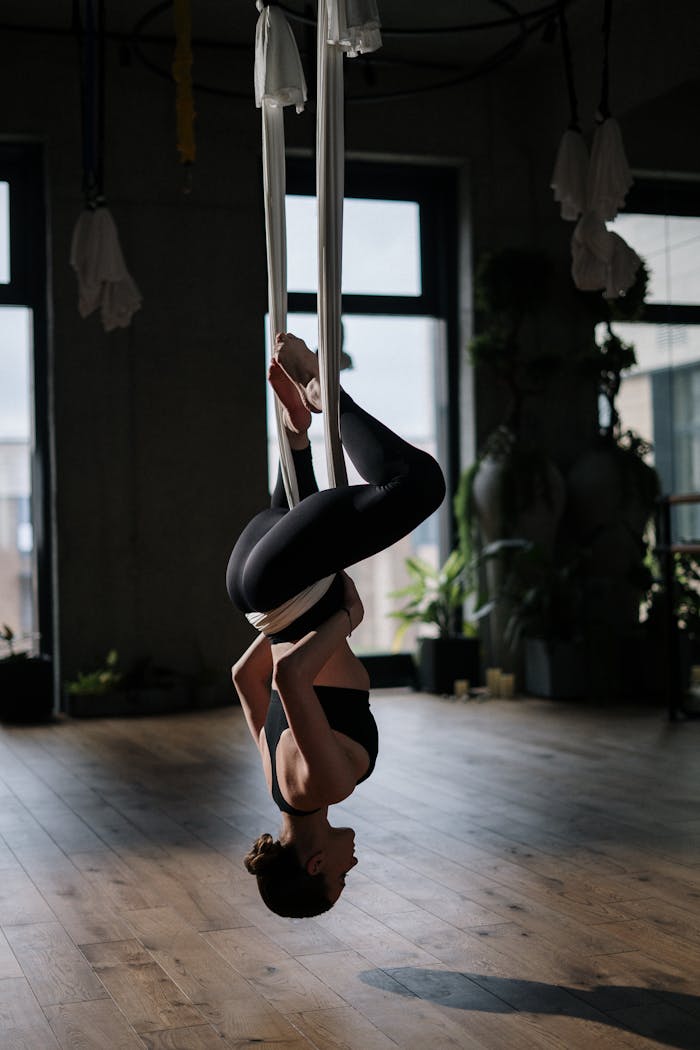Yoga is more than a workout—it’s a holistic practice grounded in physiology, neuroscience, and psychology. Understanding the “why” behind each stretch and breath can deepen your motivation and amplify the benefits on and off the mat.
1. Calming the Stress Response
When you breathe deeply and hold gentle poses:
- Lowered Cortisol Levels: Studies show that mindful breathing reduces the body’s “stress hormone,” helping you feel more relaxed.
- Parasympathetic Activation: Supported and restorative postures turn on the “rest‐and‐digest” system, slowing heart rate and digestion for true recovery.
Try It: After a busy day, practice 5 minutes of Ujjayi breath in Child’s Pose. Feel the nervous system shift.
2. Building Brain Resilience
Regular yoga practice literally rewires your brain:
- Increased Gray Matter: Meditation and focused movement have been linked to growth in regions responsible for memory and emotional regulation.
- Enhanced Neuroplasticity: Coordinating breath with movement trains your mind to form new, positive neural pathways.
Tip: Begin each session with a 2‑minute silent seated meditation to prime your brain for learning.
3. Unlocking Physical Mobility
Beyond flexibility, yoga improves joint health and muscular balance:
- Synovial Fluid Circulation: Flowing through dynamic sequences nourishes cartilage, reducing stiffness.
- Muscle Synergy: Holding balanced asanas trains opposing muscle groups to work together, preventing injury.
Practice Point: Incorporate hip openers (Pigeon, Garland) twice a week to support lower‑back comfort.
4. Elevating Mood and Mental Clarity
Why do you feel “lighter” after yoga?
- Endorphin Release: Movement and breathwork trigger natural “feel‑good” chemicals, lifting your spirits.
- Mindfulness Spillover: The focused attention you cultivate on the mat carries over into daily tasks, reducing mental clutter.
Challenge: Commit to a 7‑day “mindful mat” experiment—observe whether work and personal stress feel more manageable.
5. Strengthening the Mind‑Body Connection
When you track sensations during practice:
- Notice Physical Sensations: Heat in muscles, stretch signals, lightness in joints.
- Name Your Emotions: Pair each asana with a simple check‑in: “I feel calm,” “I feel open.”
- Adjust Accordingly: If tension arises, ease deeper; if energy dips, lengthen breath or flow.
This cycle trains your brain to listen to subtle internal cues, fostering greater self‑awareness off the mat.
Putting It All Together
- Weekly Routine:
- 2 Restorative Sessions: Activate parasympathetic rest.
- 3 Vinyasa Flows: Boost circulation and brain engagement.
- 1 Meditation Focus: Sharpen mental clarity. - Daily Check‑Ins:
- Spend 1 minute on a breathing exercise before meals.
- Roll out your mat for just 5 minutes of gentle movement when you feel stuck.
By marrying the science of how yoga works with practical steps, you turn each practice into an intentional act of self‑care—strengthening your resilience, clarity, and well‑being, one breath at a time.



